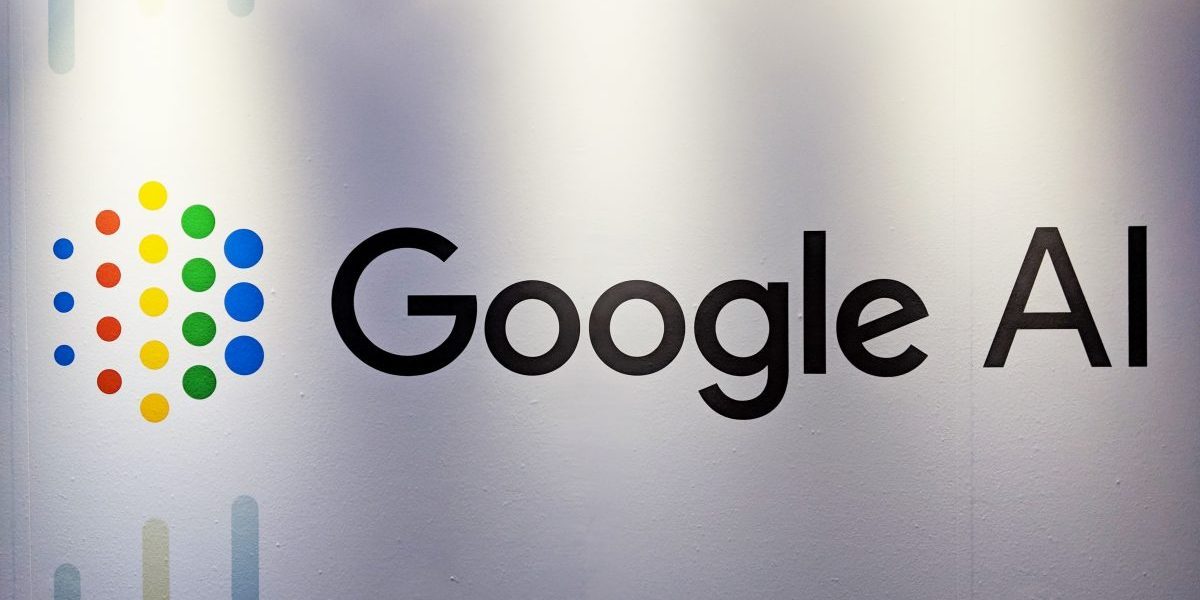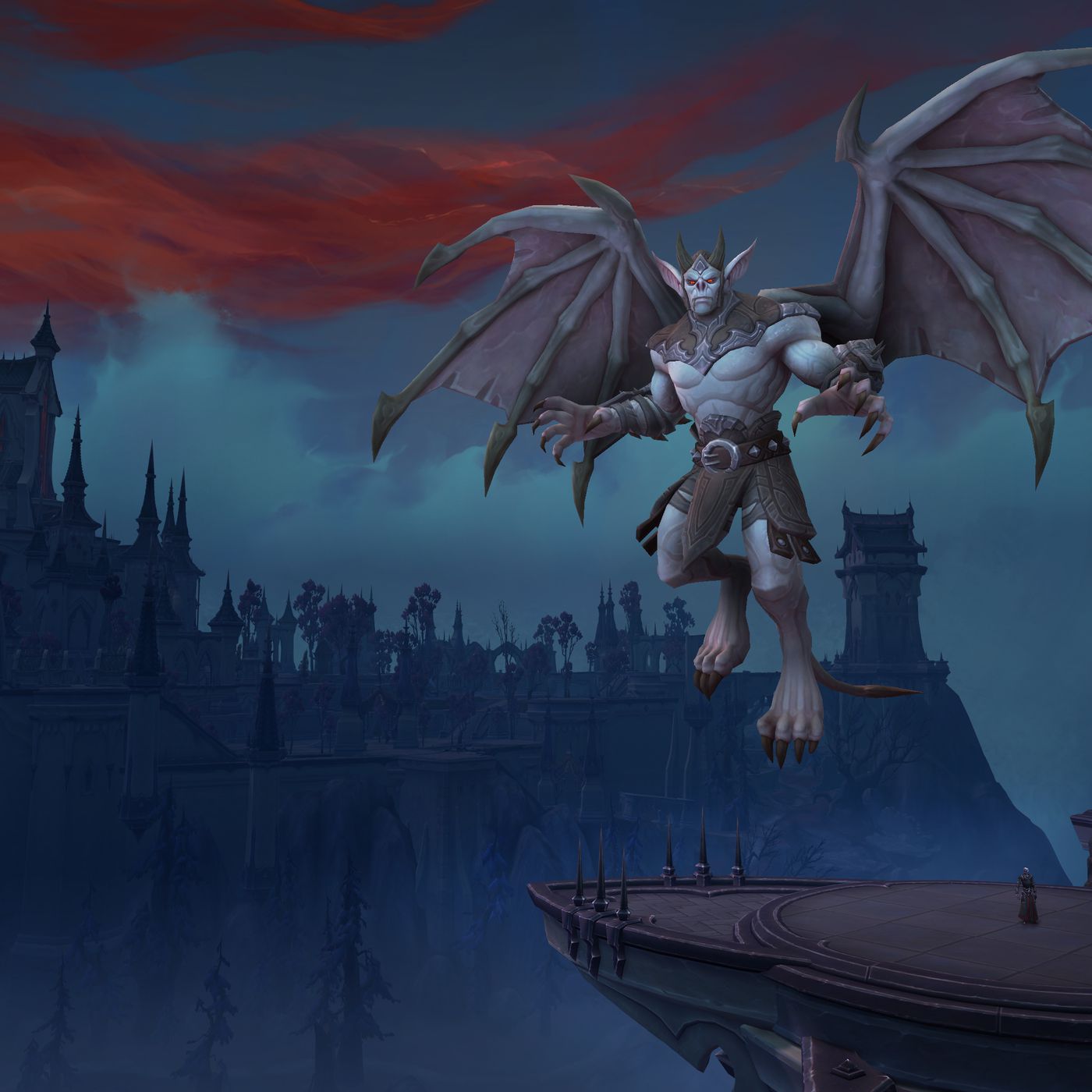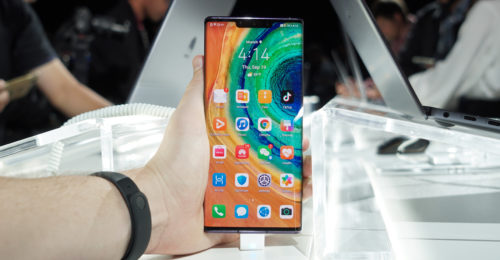An artificial intelligence tool Google gives to developers won’t add gender marks to pictures any longer, saying an individual’s gender can’t be resolved just by what they look like in a photograph, Business Insider reports.
The organization emailed developers today about the change to its broadly utilized Cloud Vision API tool, which utilizes AI to analyze pictures and distinguish faces, landmarks, explicit content, and other recognizable highlights. Rather than utilizing “man” or “woman” to recognize pictures, Google will tag such pictures with labels like “person,” as a feature of its bigger exertion to abstain from instilling AI algorithms with human bias.
In the email to developers declaring the change, Google referred to its own AI rules, Business Insider reports. “Given that a person’s gender cannot be inferred by appearance, we have decided to remove these labels to align with the Artificial Intelligence Principles at Google, specifically Principle #2: Avoid creating or reinforcing unfair bias.”
Artificial intelligence picture acknowledgment has been a prickly issue for Google before. In 2015, a software engineer noticed that Google Photos’ picture recognition algorithms were classifying his black companions as “gorillas.” Google vowed to fix the issue, however, a follow-up report by Wired in 2018 discovered Google had blocked its AI from perceiving gorillas and had not done much else to address the issue at its core.
Google released its AI standards in 2018, because of reaction from Google representatives, who fought the organization’s work on a Pentagon drone project. The organization pledged not to create AI-powered weaponry, and it additionally plot various standards, for example, the one referenced above, to address issues of bias, oversight, and other potential ethical issues in its future improvement of the technology.
Disclaimer: The views, suggestions, and opinions expressed here are the sole responsibility of the experts. No Graph Daily journalist was involved in the writing and production of this article.



